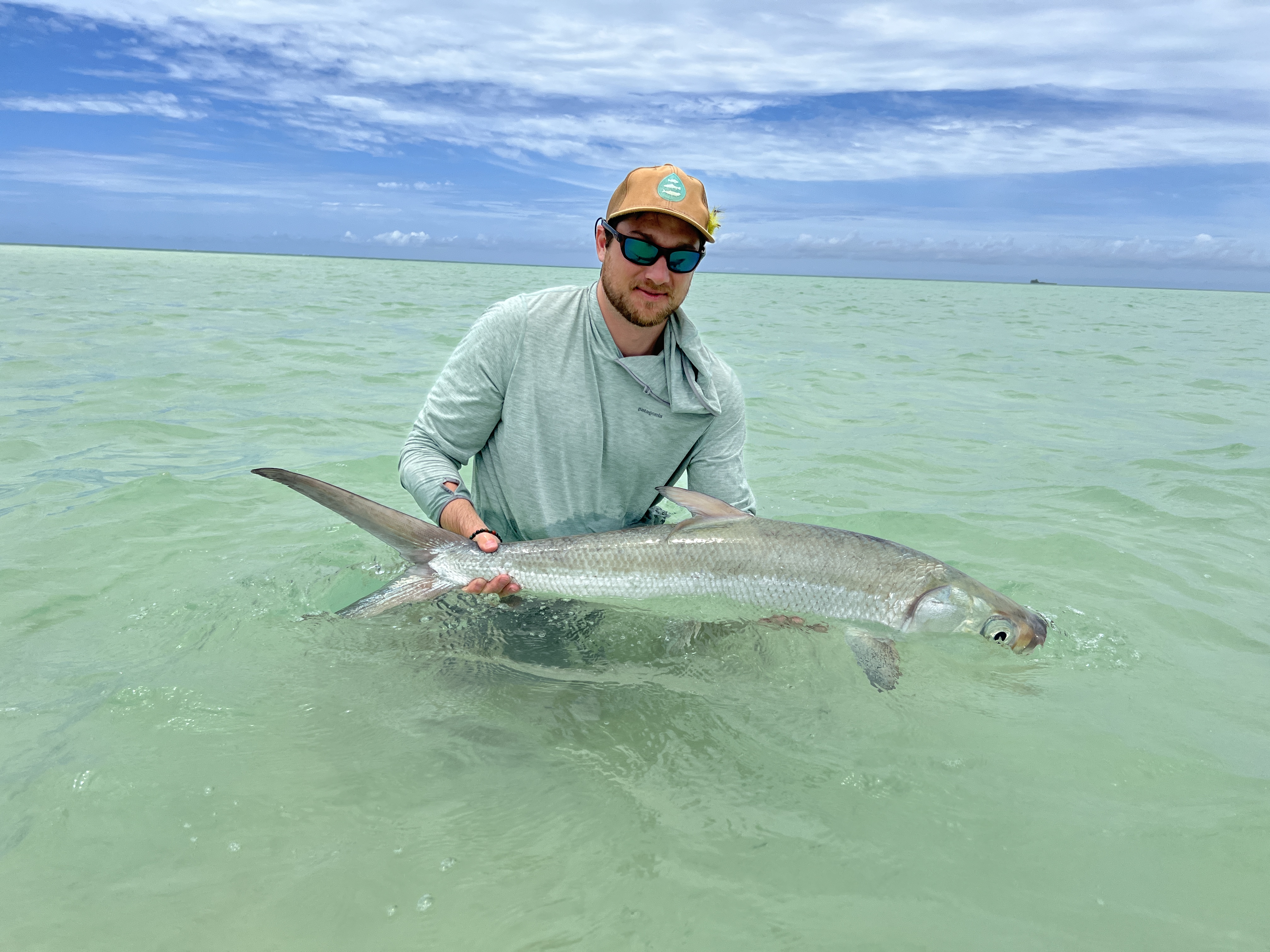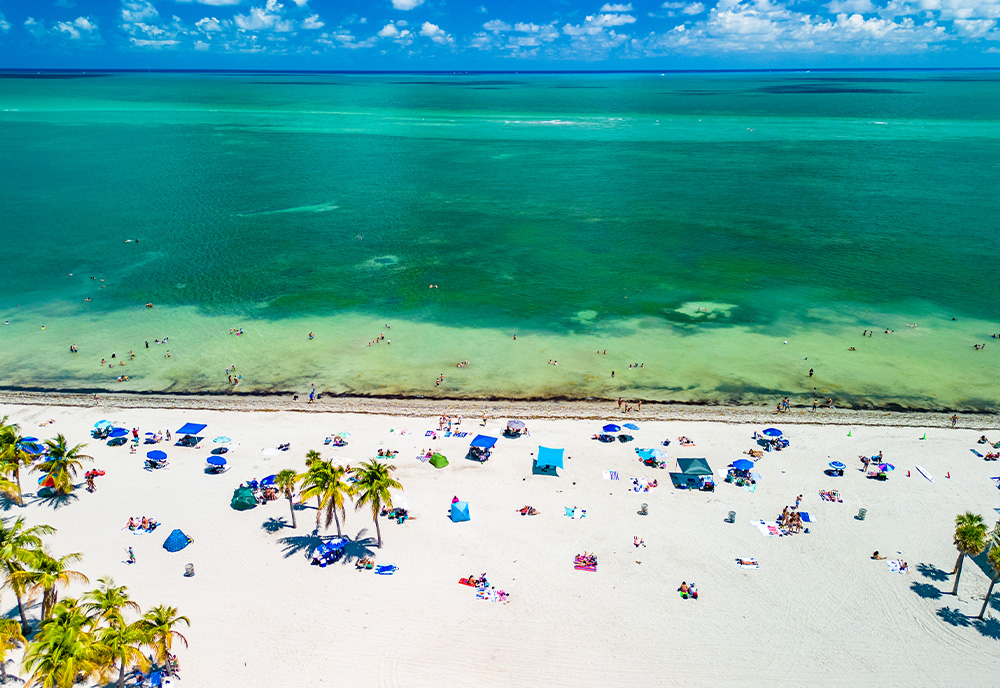By: Cassidy Delamarter, University Communications and Marketing
A new study led by the University of South Florida highlights the urgent need to protect marine ecosystems in shallow water near the shore – an area that many beachgoers don’t realize is highly important to fish populations. Known as tidal flats, these coastal waters are critical to global seafood supplies, local economies and overall marine health.
Published in Fisheries, a team of interdisciplinary marine experts created 10 core strategies that boaters, anglers, wildlife managers and policymakers can adopt to prioritize and preserve marine flat ecosystems from humans and intensified weather events. At the top of the list is considering fish, such as tarpon, as flagship and umbrella species, as their protection would benefit additional species that use the same habitats.
They urge habitat management and restoration to be at the forefront of the community’s mind, starting with integrating them into local government and coastal development and planning processes. The team believes this will lead to resilient shorelines and shallow-water habitats, providing long-term benefits for coastal communities and the marine life that depends on them.

Griffin holding a milkfish in a tidal flat in St. François Atoll, Seychelles. Flats ecosystems are characterized by a complex mosaic of habitats, such as sand, mud, coral rubble, seagrass meadows, oyster reefs, coral reefs and mangroves. They are vital nursery grounds for diverse marine life, including reef fish, sharks and rays. | Photo Credit: Andy Danylchuk
“The ecological connections between these ecosystems and other marine habitats are vital for the lifecycle of various species, many of which are integral to fisheries,” said Lucas Griffin, assistant professor in the USF Department of Integrative Biology.
For the last decade, Griffin has studied fish and their migration patterns in a variety of areas including the Florida Keys, witnessing firsthand how tidal flats are rapidly changing. Inspired to take action, Griffin partnered with experts from the Florida Fish and Wildlife Conservation Commission, Carleton University and the University of Massachusetts Amherst to develop the plan that can be applied locally and globally to help protect tidal flats.
“The Florida Keys are a biodiversity hotspot where wildlife and fish depend on flats habitats,” Griffin said. “But these ecosystems are at risk – from coastal development and harmful algal blooms, to heat waves and boats running aground on sensitive habitats, like seagrass. Iconic recreational fish like tarpon, permit and bonefish rely on these flats, contributing millions of dollars to the local economy each year. Despite their importance, there is not a lot of direct habitat management to protect these ecosystems. We need to address questions like how much good habitat remains, what can be restored and what has already been lost.”
Overfishing, habitat degradation, coastal development and environmental conditions have contributed to these fragile habitats disappearing around the world. In Florida, intensified weather, such as heat waves and hurricanes, has further compounded these issues.
“Effective habitat management and restoration are critical, but have been overlooked for flats ecosystems,” Griffin said. “Implementing these principles can help secure the biodiversity, fisheries and ecosystem services that millions of people depend on.”
